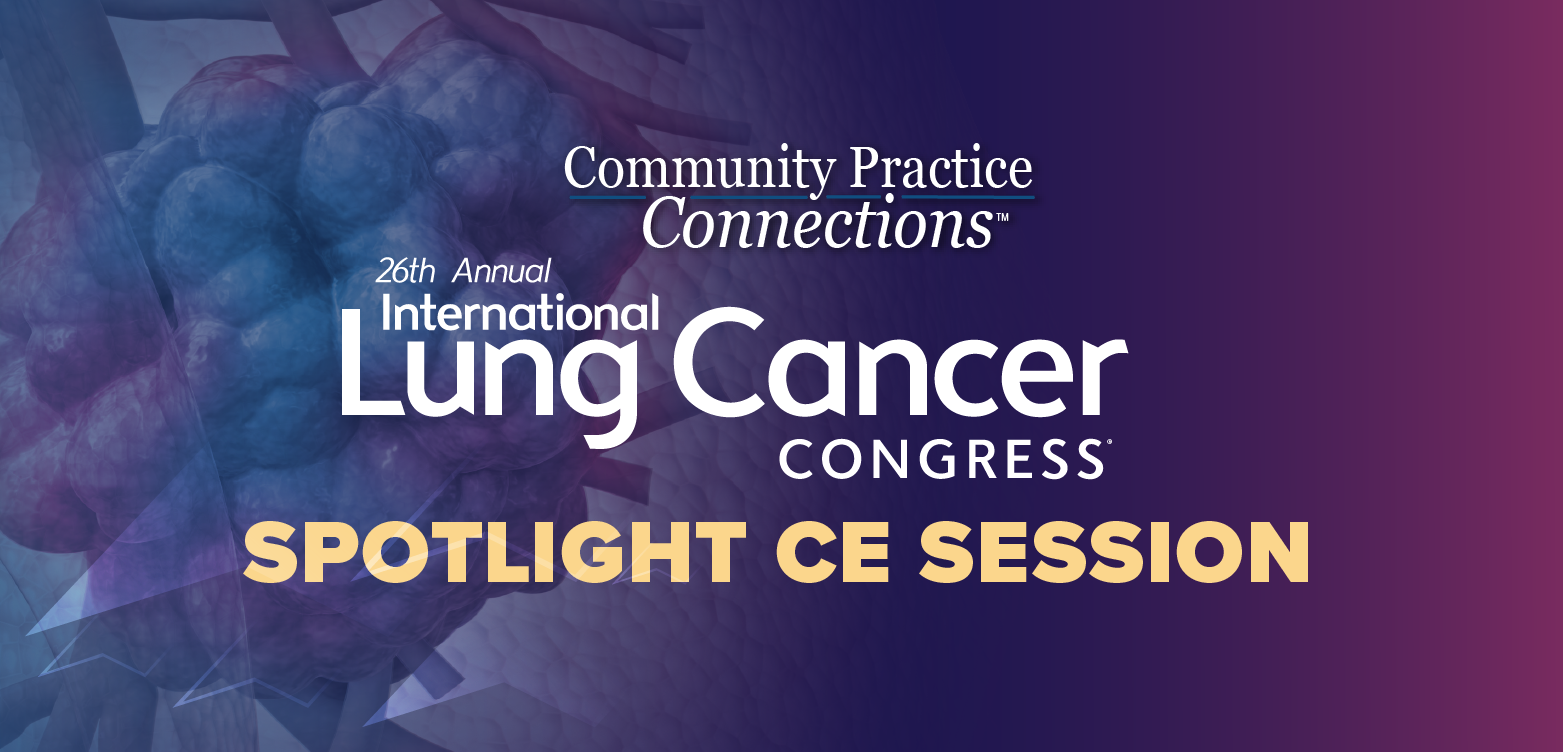
PREAMI trial
The ACE inhibitor perindopril significantly reduced left ventricular remodeling in a well-treated population of older patients with acute myocardial infarction (MI) and preserved ejection fraction, said Roberto Ferrari, MD, PhD, lead investigator of the Perindopril Remodeling in Elderly with Acute Myocardial Infarction (PREAMI).
The ACE inhibitor perindopril significantly reduced left ventricular remodeling in a well-treated population of older patients with acute myocardial infarction (MI) and preserved ejection fraction, said Roberto Ferrari, MD, PhD, lead investigator of the Perindopril Remodeling in Elderly with Acute Myocardial Infarction (PREAMI). The results from PREAMI were presented at the European Society of Cardiology Congress 2005 in Stockholm, Sweden.
A reduction in cardiac remodeling probably explains the clinical benefits observed in other studies of ACE inhibitors in patients at high risk of vascular events, such as the HOPE (Heart Outcomes Prevention Evaluation) and EUROPA (European Trial on Reduction of Cardiac Events with Perindopril in Stable Coronary Artery Disease) studies, said Dr Ferrari, head of cardiology at the S. Anna Hospital, University of Ferrara, Italy.
PREAMI was a double-blind, randomized, multicenter study in which perindopril, started at 4 mg/d for 1 month and then titrated to 8 mg/d for the remaining 11 months of the trial, was compared with placebo in 1,252 elderly post-MI patients with an ejection fraction ≥40%.
The short duration of the trial prevented a significant effect of the study treatment on mortality, said Dr Ferrari. When the PREAMI entry criteria are applied to EUROPA, in which perindopril treatment lasted 4 years, perindopril was associated with a significant (P=.03) reduction in cardiovascular death, MI, and cardiac arrest, he noted.
The treatment effect occurred on top of other standard post-MI medications; 72% of the study population was on beta blockers and 98% on antithrombotics. "The preventive effect on remodeling occurs in patients treated with beta blockers, suggesting further complementary effect of ACE inhibition with perindopril," Dr Ferrari said.
Henry Dargie, MBChB, consultant cardiologist at Western Infirmary, Glasgow, UK, said: "Until now, I've been an ACE inhibitor agnostic, but as time has gone on, I believe that an ACE inhibitor is one of a group of drugs that should be prescribed after MI." Because mortality after MI is greater in older versus younger patients, the benefit of perindopril may be greater in the older post-MI population, he said.
Newsletter
Get the latest industry news, event updates, and more from Managed healthcare Executive.

















































